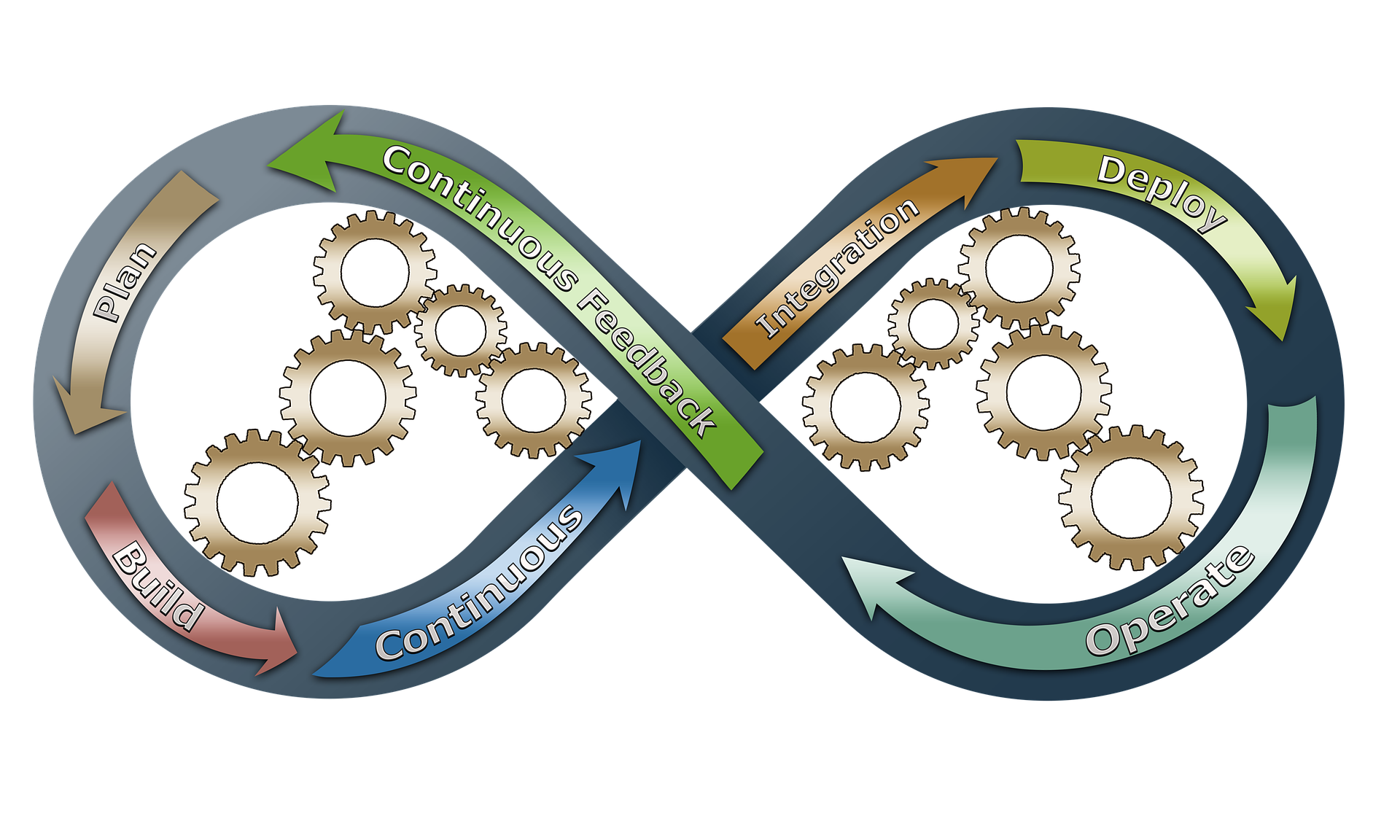Addressing The Shortcomings of OEE
Overall Equipment Effectiveness (OEE) is a great metric and can provide a lot of value, but OEE has shortcomings and limitations that can be addressed by a modern monitoring system. OEE shouldn’t be avoided but diving directly into OEE is not always the best solution to maximize value from a shop floor machine monitoring system.
Let’s use a performance issue as an example. A machine running with the feed rate or rapid overrides turned down will affect the OEE number in the performance portion of the calculation. First you see that OEE is low, then you see the productivity is low, (and possibly quality as well, and that takes the priority). Then questions must be asked to try and find out the reason the standard for the parts per hour was not met. This is a very reactive approach and some damage to the performance metric and possibly quality has already been done.
A more proactive approach is to track the feed rate and rapid overrides in real time. Display the status on real time dashboards and operator interface panels allowing shop floor personnel to identify and correct the issues before they become problems. If the machines continue running in low override, automated notifications such as flashing the operator data interface, sending emails or text message can be used to bring the issue to the attention of others.
With this approach we’re working towards a positive Overall Equipment Effectiveness number rather than working backward from the OEE number. More importantly, the monitoring system alters the culture of how to work with and get value from data. This mentality will then carry over to other aspects on the shop floor, and within the organization.
Let’s look at how OEE relates to the quality component. A few shortcomings when it comes to the quality aspect of OEE is the pass/fail status of a part is not always determined at the machine, or during the same shift. In addition, long running parts do not have quality information for hours, or days. These scenarios pose problems when needing to calculate OEE accurately and consistently.
If there are other systems in place to track quality then the best approach for the machine monitoring system may be to use a default quality number and not track quality within Overall Equipment Effectiveness. Another option is to use the default initially allowing for the OEE number to be generated providing value from other metrics with OEE. Then once the actual quality number is entered it will replace the default.
There are modern methods to machine monitoring and data collection to achieve value beyond what a traditional or legacy OEE system could provide. These methods can be used in conjunction with the traditional practices around OEE to maximize the efforts of getting the data from the shop floor. Scytec DataXchange can help achieve the desired results with modern methods of acquiring, analyzing, summarizing, and exposing the data to ensure continuous improvement.


